Optimal Timing for Tree Felling
Winter is often preferred for tree fellings due to dormancy, which reduces stress on remaining trees and minimizes pest spread.
These periods offer cooler weather and less foliage, making the process easier and safer for crews.
Felling during active growth periods, typically late spring to summer, can increase risks and impact tree health.
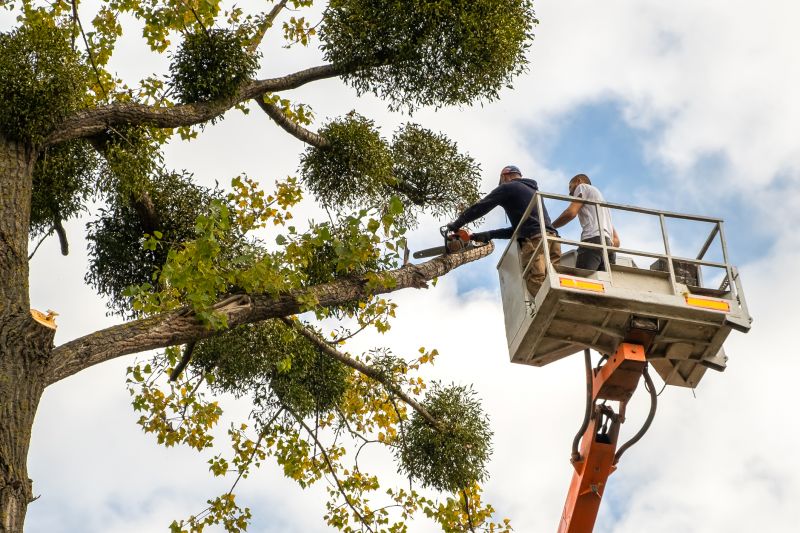
Ways to make Tree Fellings work in tight or awkward layouts.
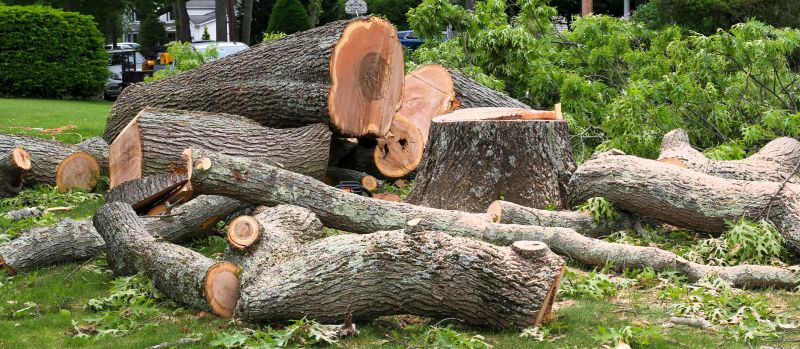
Popular materials for Tree Fellings and why they hold up over time.

Simple add-ons that improve Tree Fellings without blowing the budget.
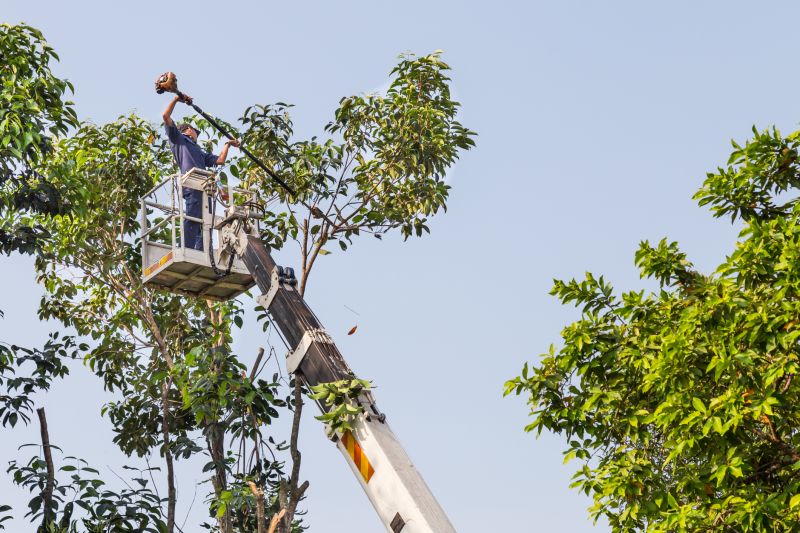
High-end options that actually feel worth it for Tree Fellings.

Finishes and colors that play nicely with Tree Fellings.

Little measurements that prevent headaches on Tree Fellings day.
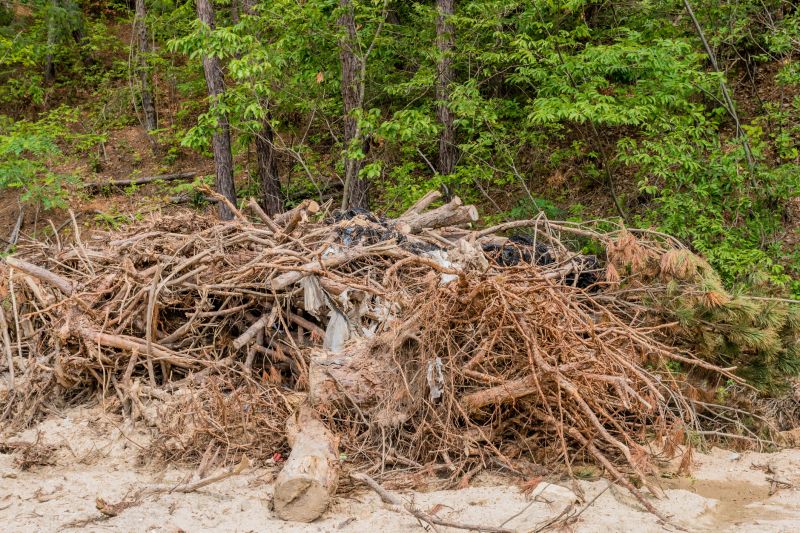
A 60-second routine that keeps Tree Fellings looking new.

A frequent mistake in Tree Fellings and how to dodge it.
| Season | Best Practices |
|---|---|
| Winter | Optimal for safety and tree health; minimal foliage. |
| Late Fall | Ideal for accessibility; less foliage obstructing work. |
| Early Spring | Good for avoiding active growth; suitable for removal. |
| Summer | Less recommended due to active growth and heat. |
| Late Spring | Not ideal due to increased leaf cover and growth activity. |
Tree fellings require careful consideration of seasonal factors to maximize safety and effectiveness. Proper timing reduces risks associated with wind, pests, and disease transmission. Each season presents unique conditions that influence the process, making timing a key component in planning tree removal projects.
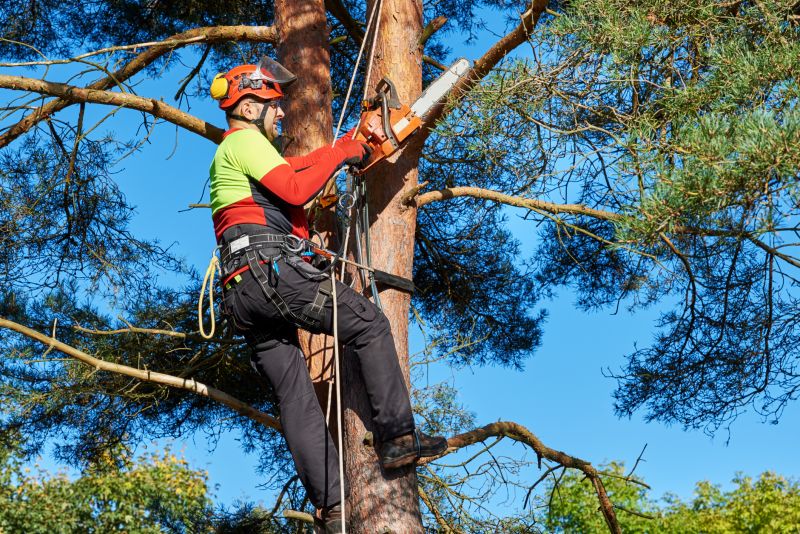
Small tweaks to make Tree Fellings safer and easier to use.
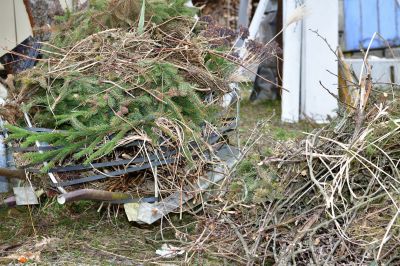
Lower-waste or water-saving choices for Tree Fellings.
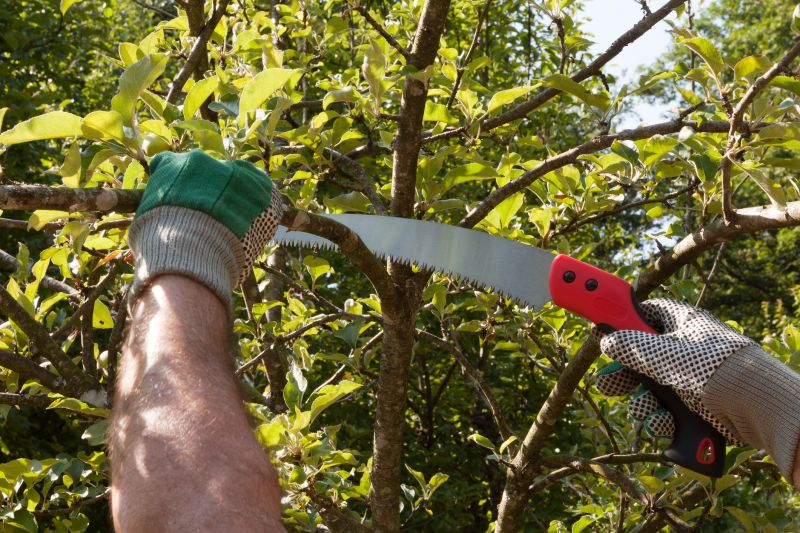
The short, realistic tool list for quality Tree Fellings.
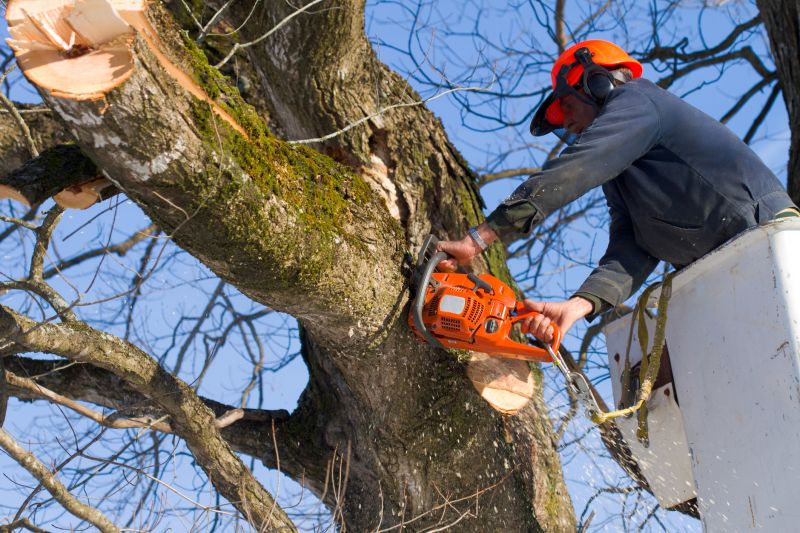
Rough timing from prep to clean-up for Tree Fellings.
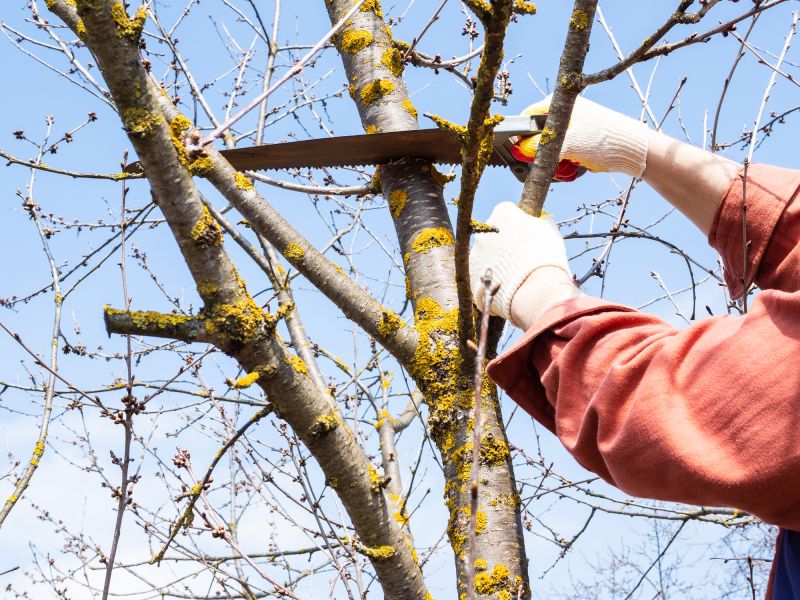
Quick checks and paperwork to keep after Tree Fellings.
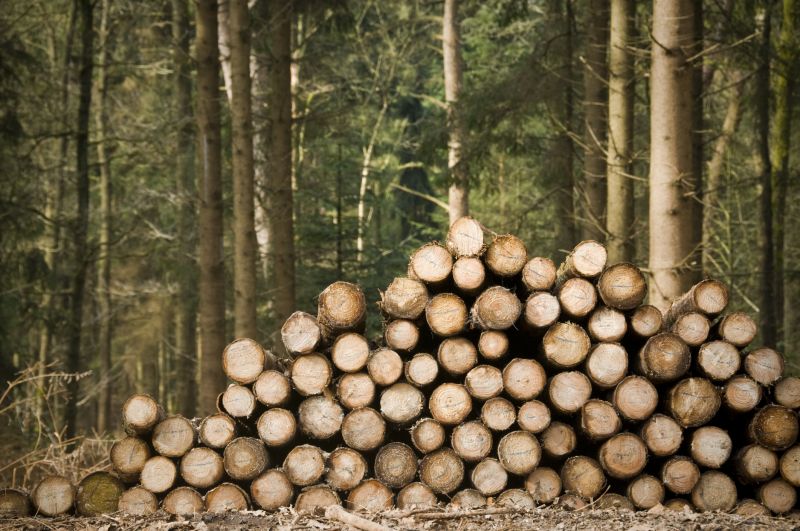
Examples that show the impact a good Tree Fellings can make.
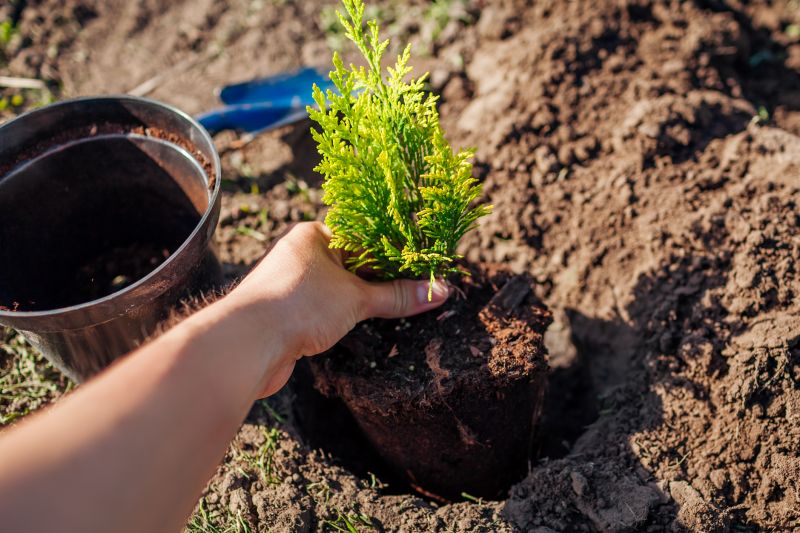
Ways to make Tree Fellings work in tight or awkward layouts.
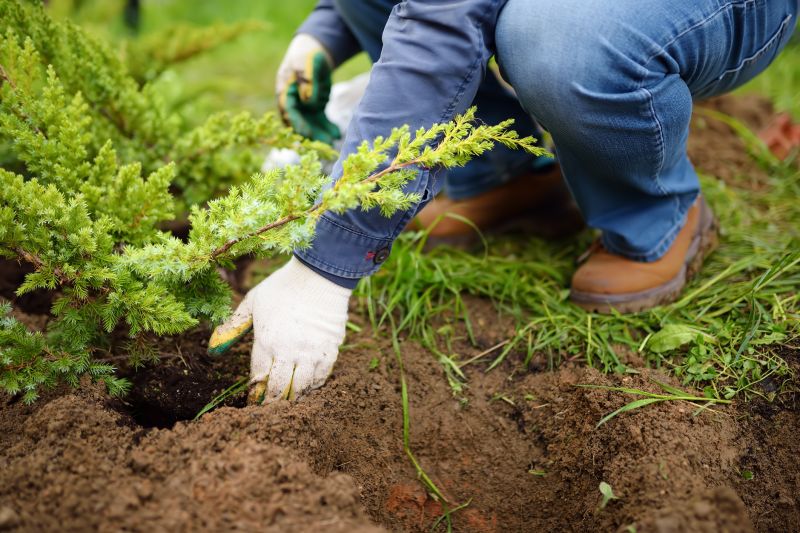
Ways to make Tree Fellings work in tight or awkward layouts.
Interested parties should consider seasonal timing when planning tree fellings. Proper scheduling can lead to safer operations, healthier remaining trees, and more efficient project completion. Consulting with experienced professionals can provide guidance tailored to specific tree types and local conditions.
